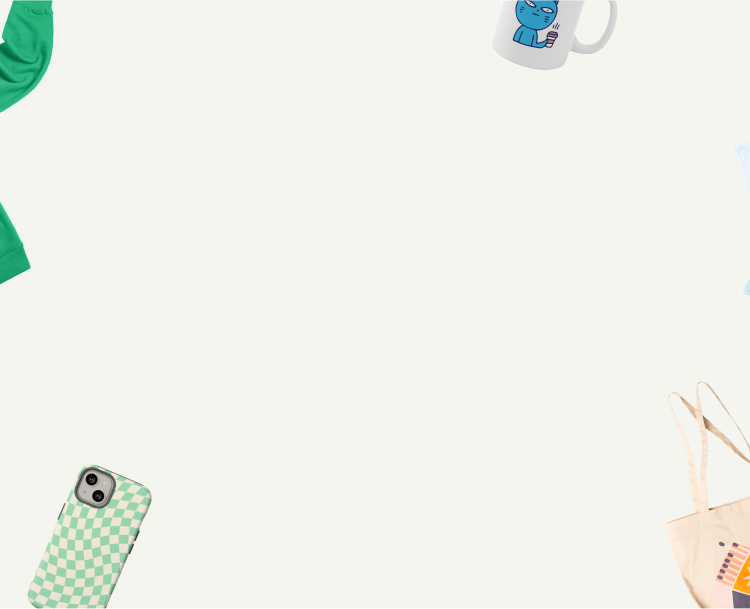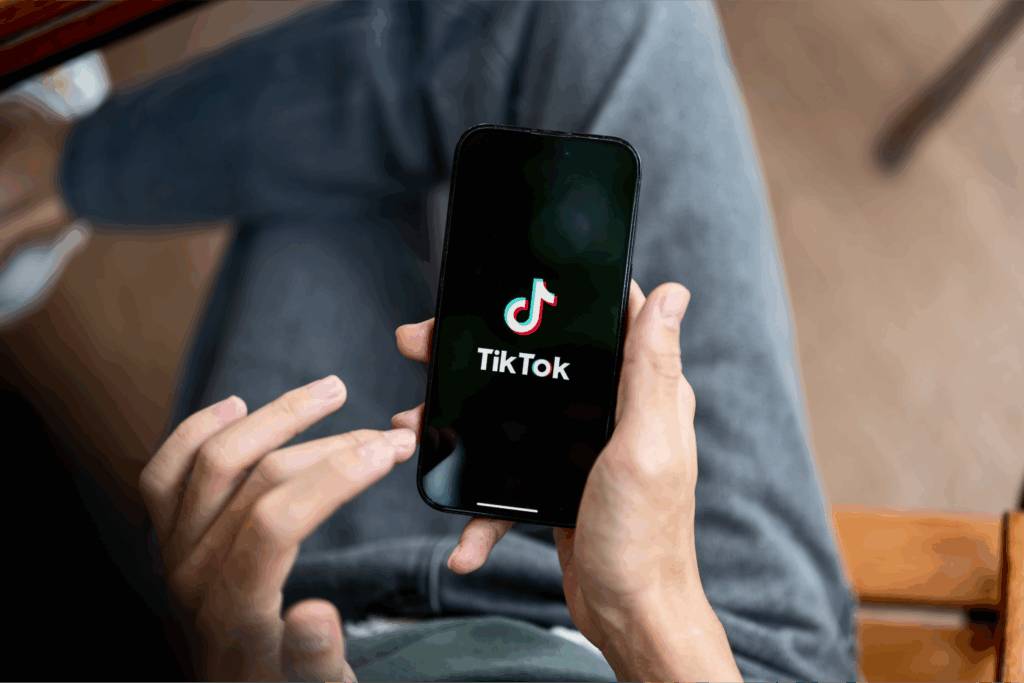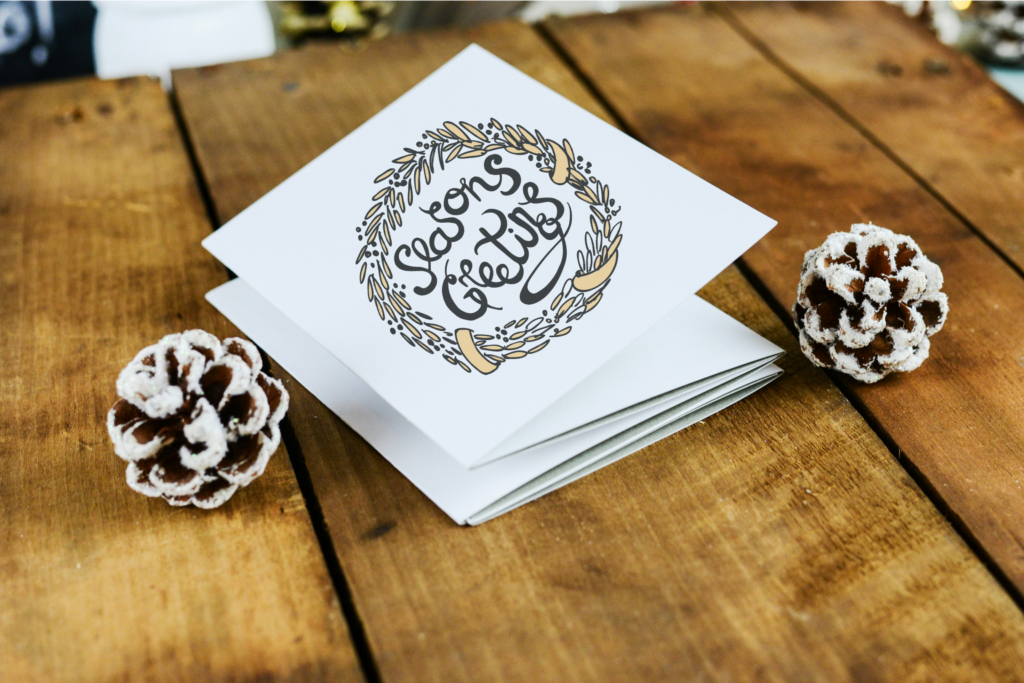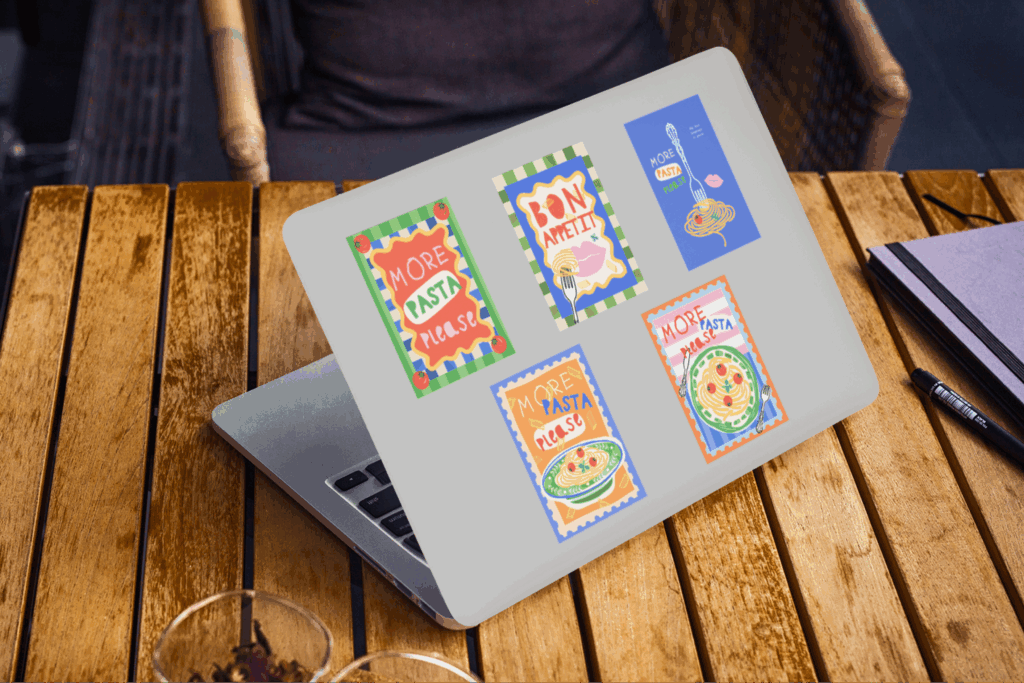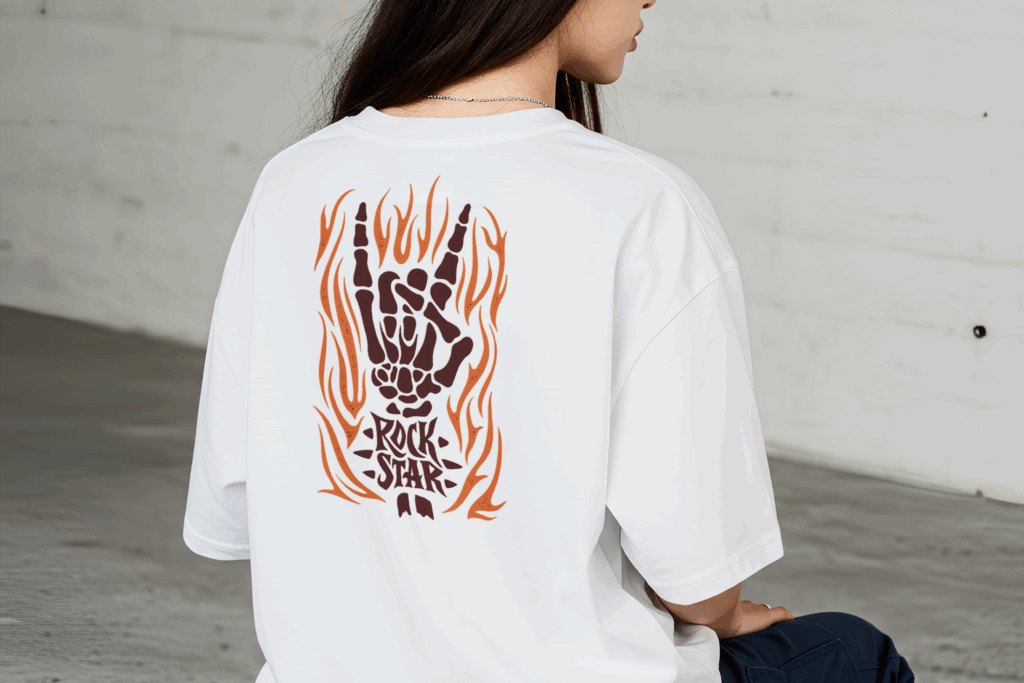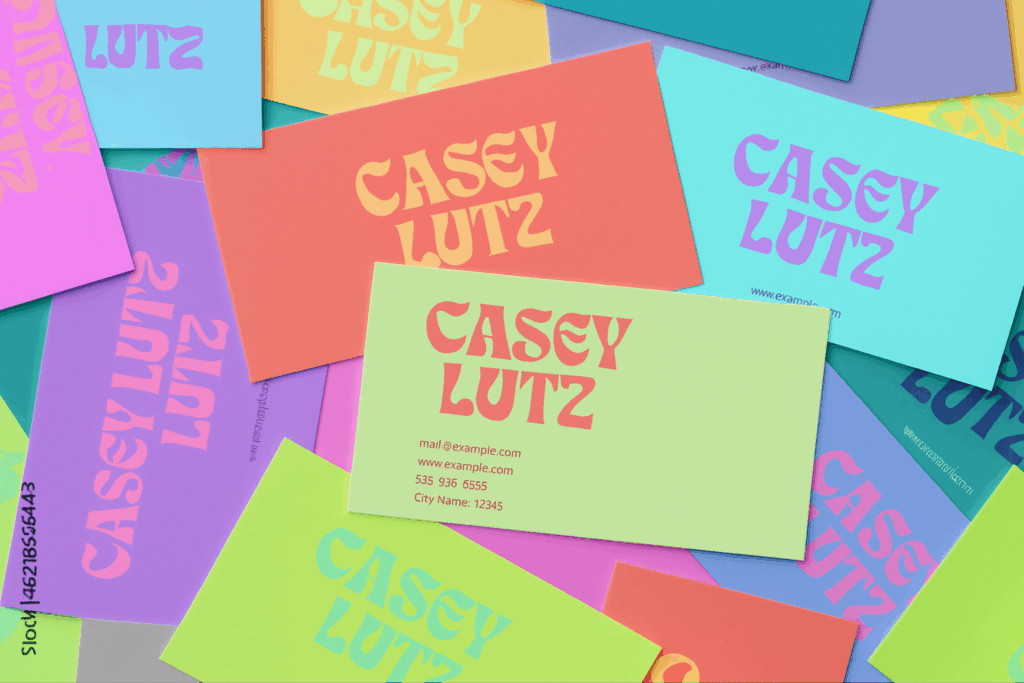Sell custom products with Printify
Wondering about the top printing processes for mugs and apparel? Here’s your ultimate guide. Think sublimation printing for photo-perfect coffee mugs, DTG for wearable art that feels as soft as it looks, and screen printing for bold designs.
Every technique has its advantages – some look great on polyester, others pop on cotton or ceramic. The real challenge? Finding your perfect match. Let’s explore your options to narrow down the perfect print option for you.
Understanding printing processes: Must-know basics
Before exploring each technique, it’s worth knowing that every printing method fits into one of two categories – ink-fusion or surface-based – and that difference directly affects how your final product looks, feels, and lasts.
- Ink-fusion printing methods, like sublimation printing, DTG, and DTF, embed the design into the material rather than layering it on top.
Heat and pressure turn dyes into gas, bonding color permanently with fibers or coatings. That’s why sublimation mugs are smooth to the touch and why polyester tees keep their vibrant colors wash after wash – nothing sits on the surface to crack or fade.
- Surface-based printing, on the other hand, adds ink, film, or thread on top of the material. Think screen printing, heat transfer printing, or laser engraving.
Each creates visible texture and depth. These printing processes work beautifully on cotton apparel or promotional mugs where bold logos or raised finishes grab attention.
Knowing this isn’t just trivia, it’s strategy. If you understand how different materials react to heat, ink, and pressure, you can choose the printing process that gives your products the best texture, durability, and profit potential for your online store.
Top printing processes for custom coffee mugs

Heat transfer printing
Equipment: Heat press, special transfer paper, and heat-resistant tape.
- The artwork is first printed onto transfer paper, then wrapped snugly around the mug’s surface.
- A heat press applies pressure and heat, melting the transfer dye into the coating.
- Once cooled, you peel the paper away to reveal crisp colors and clean lines.
Heat transfer printing is a quick, reliable printing method for small batches. It gives sharp detail and a glossy, professional print quality without the fuss of a large-scale setup.
Screen printing on mugs
Equipment: Mesh screens, squeegee, ceramic inks, and drying oven.
- The screen printing process involves pushing thick, opaque ink through a fine mesh stencil directly onto the mug, one color at a time.
- Once cured, the design sits slightly raised, giving a tactile feel and rich, vibrant colors that hold up over time.
It’s slightly more hands-on and time-consuming than digital printing options, but it excels for bulk orders where consistency and a bold finish are prioritized.
Explore screen printing vs digital printing and alternatives to screen printing to choose the best option for you.
Laser engraving
Equipment: Laser engraving machine and design software.
Laser engraving skips the ink entirely. A high-powered beam etches the design right onto the mug’s surface, removing layers of coating or metal with precision.
The result is permanent, subtle, and ultra-clean – ideal for sleek branding or minimalist designs.
It works especially well on metal and ceramic mugs, creating a high-contrast finish that never fades or scratches.
UV printing
Equipment: UV printer, UV-curable ink, and digital artwork file.
Instead of heat, UV printing cures ink instantly with ultraviolet light, bonding it directly to the mug’s surface. This allows for intricate designs and even raised textures with a glossy, professional feel.
The process works on glass, metal, and coated ceramics – materials that don’t always play nice with heat. It’s fast, mess-free, and ideal for modern printed mugs with crisp, photo-level detail and lasting color.
Sublimation printing on mugs
Equipment: Sublimation printer, sublimation ink, sublimation paper, and mug press.
Sublimation is the hero of mug printing – especially for high-definition, wraparound designs.
- Here’s how sublimation works – the image is first printed onto sublimation paper, then heated in a mug press, turning solid dye into gas.
- This gas seeps into the mug’s polymer coating, creating a seamless, fade-resistant image.
The result? Smooth, glossy printed mugs with vibrant colors that don’t peel or crack, even after countless dishwashing cycles. It’s the best method for photo mugs and one-of-a-kind branding.
Five popular printing methods for apparel

Direct-to-garment (DTG) printing
Equipment: DTG printer, pre-treatment solution, and heat press.
DTG printing works like a high-resolution digital printing press for fabric.
- The printer sprays eco-friendly inks directly into the fibers, producing soft, full-color results that move with the fabric.
It’s ideal for cotton tees or hoodies with intricate details and small-batch runs. Designs feel weightless – no cracking, no peeling, just art you can wear straight off the printer.
Dye sublimation on apparel
Equipment: Sublimation printer, sublimation ink, transfer paper, and heat press.
Just like with mugs, dye sublimation uses heat to turn ink into gas – but here it bonds with polyester fibers instead of ceramic coatings.
Sublimation printing gives a “no-feel” finish, since the ink becomes part of the fabric.
The result is lightweight apparel, covered seam-to-seam with bright, long-lasting designs – ideal for sportswear, leggings, and jerseys. It’s the go-to when you want all-over coverage without sacrificing comfort.
Direct-to-film (DTF) printing
Equipment: DTF printer, PET film, adhesive powder, curing oven, and heat press.
Unlike most other printing methods, DTF gives you the freedom to produce detailed designs on nearly any fabric – cotton, polyester, fleece, or blends.
- The process starts with printing your artwork onto a PET film using specialized inks.
- A layer of adhesive powder is added, melted, and then heat-pressed onto the garment.
- The film peels away to reveal a flexible, long-lasting printed design with rich color and a smooth texture.
This cost-effective method is ideal for hoodies, custom products, and t-shirt printing processes, resulting in durability and consistency across every piece.
Embroidery
Equipment: Embroidery machine, threads, stabilizer, and digitized design file.
Embroidery swaps ink for color-rich threads, stitching your art directly into fabric. Each stitch adds texture and dimension, turning ordinary apparel into premium customized products.
- It’s ideal for hoodie printing techniques, caps, polos, and uniforms where longevity and tactile details matter.
Unlike flat prints, embroidery never fades, cracks, or washes out – creating a lasting impression for any brand. Think of it as wearable craftsmanship, meant for designs that command premium prices.
Screen printing on apparel
Equipment: Screens, squeegees, inks, and curing setup.
On fabric, screen printing works a little differently than on mugs. Instead of curved surfaces, the mesh stencil sits flat, allowing thick, opaque inks to soak into cotton or blends.
The outcome? Strong, crisp colors with a slightly raised texture that feels built to last.
It’s the most popular method for bulk apparel runs – fast, durable, and perfect for bold graphics or branded merch that looks professional every time.
Comparing custom printing methods
| Method | Best for | Pros | Cons | Ideal use case |
|---|---|---|---|---|
| Sublimation printing | Mugs, polyester apparel | Full-color mug designs, long-lasting, seamless apparel | Needs coated or polyester surfaces | Photo mugs, all-over sportswear |
| Screen printing | Cotton apparel | Bold colors, durable, great in bulk | Setup time, limited detail | Bulk shirts, event merch |
| UV printing | Glass, metal, coated mugs | Works on hard surfaces, instant curing | Less flexible on fabric | Detailed mug designs, custom drinkware |
| Laser engraving | Metal, glass, ceramic mugs | Permanent, elegant finish | No color, slower for bulk | Premium gifts, personalized mugs, minimalist branding |
| Heat transfer printing | Ceramic mugs, cotton apparel | Simple, low-cost, bright prints | Can peel over time | Small runs, text or logo prints |
| Direct-to-garment (DTG) | Cotton apparel | Top-quality images, soft feel | Slower for large batches | Detailed tees, short-run collections |
| Direct-to-film (DTF) | Cotton, polyester, blends | Versatile, vibrant, stretchable | Extra film prep step | Hoodies, logos, customized products |
| Embroidery | Hoodies, polos, caps | Textured, durable, premium look | Limited to thread colors | Branded apparel, uniforms, premium merch |
Check our blog on the evolution of printing and embellishment techniques to get a deeper understanding of printing processes and how they came to be.
How to choose the right printing process for personalized coffee mugs and apparel

Choosing the right printing process means balancing creativity with practicality to make sure your personalized mugs, shirts, and hoodies hold up over time.
Here’s how to make the right call:
- Match method to material. Cotton, polyester, and ceramics react differently to ink and heat, so always pick a method suited to your base (digital printing for cotton tees or heat transfer for custom mugs).
- Check design detail. Photo-rich transfer designs look best with digital or transfer printing, while simple logos shine with direct screen or embroidery.
- Think quantity. For bulk promotional mugs or team tees, screen printing or heat transfer keeps costs low. For small runs, go with digital or sublimation.
- Prioritize quality and sustainability. Water-based and low-waste transfer inks improve your eco footprint and keep colors crisp longer.
- Test before scaling. Order a few custom mugs or apparel samples first to compare print quality and feel.
- Use print-on-demand platforms. Services like Printify let you test all major printing techniques with no upfront costs, risk, or minimums.
Start an apparel or mug-printing business with Printify
Printify is the leading print-on-demand platform offering apparel and mug printing services to anyone ready to launch their own online store – no equipment, warehouse, or stress involved.
We work with expert Print Providers offering different printing methods like DTG, DTF, sublimation printing, engraving, and embroidery, giving you full creative control from start to finish.
Here’s how to get started:
- Create a free account. Join Printify in minutes – no hidden costs.
- Pick your product. From mason jars and enamel mugs to tees, leggings, and hoodies – our Catalog has it all.
- Create designs. Use our free Product Creator with text, pattern, and AI tools to craft high-quality designs and mockups that sell.
- Set up your store. Connect Printify to Etsy, Shopify, or TikTok Shop in a few clicks.
- List and sell. Once your customer orders, we print, pack, and ship your dishwasher-safe mugs and custom apparel worldwide.
There’s no minimum order quantity at Printify. You get sustainable printing practices and endless ways to create personalized mugs and fashion-forward products that make your designs truly stand out.
Frequently asked questions
Sublimation printing is the top choice among custom mug printing businesses because it delivers high-quality prints that don’t fade or peel. It uses heat and sublimation paper to infuse ink directly into the mug’s coating, making it ideal for photo mugs, custom coffee mugs, and other personalized gifts.
For non-coated or irregularly shaped objects, techniques like engraving or UV printing work well, especially for glass mug printing or stainless steel mug printing. Another great option to consider is screen printing, especially for bulk runs.
For apparel, DTG (direct-to-garment) and sublimation printing both deliver the most detailed and durable results.
DTG applies water-based inks directly into the fabric for high-resolution, soft-to-touch designs – perfect for cotton shirts. Sublimation creates vivid prints on polyester garments without cracking or fading.
Both methods are staples in Print on Demand and custom apparel printing for premium-quality results.
Screen printing is the most widely used printing method for large-volume apparel orders. It’s fast, consistent, and cost-efficient once the screens are prepared, making it ideal for bulk shirts and uniforms.
However, modern DTF and DTG printing setups are now capable of high-volume printing too, especially for print-on-demand sellers who want flexibility without the high setup costs.
The most popular printing methods for mugs and apparel include sublimation printing, screen printing, DTG, DTF, and laser engraving. Sublimation is favored for custom coffee mugs and polyester apparel, while screen printing dominates cotton fabrics.
UV printing and transfer printing add versatility for surfaces like glass or metal, and digital printing methods continue to grow thanks to speed, precision, and excellent print quality.
Conclusion
Understanding the top printing processes for mugs and apparel is how creative ideas turn into sellable art. Maybe you’re crafting a bold tee with direct screen printing or perfecting a custom mug design with rich transfer ink – either way, the magic’s in the method.
From glossy finishes to textured details, every print tells your story. Ready to turn your creativity into profit? Bring it to life with Printify, your all-access pass to world-class printing.
